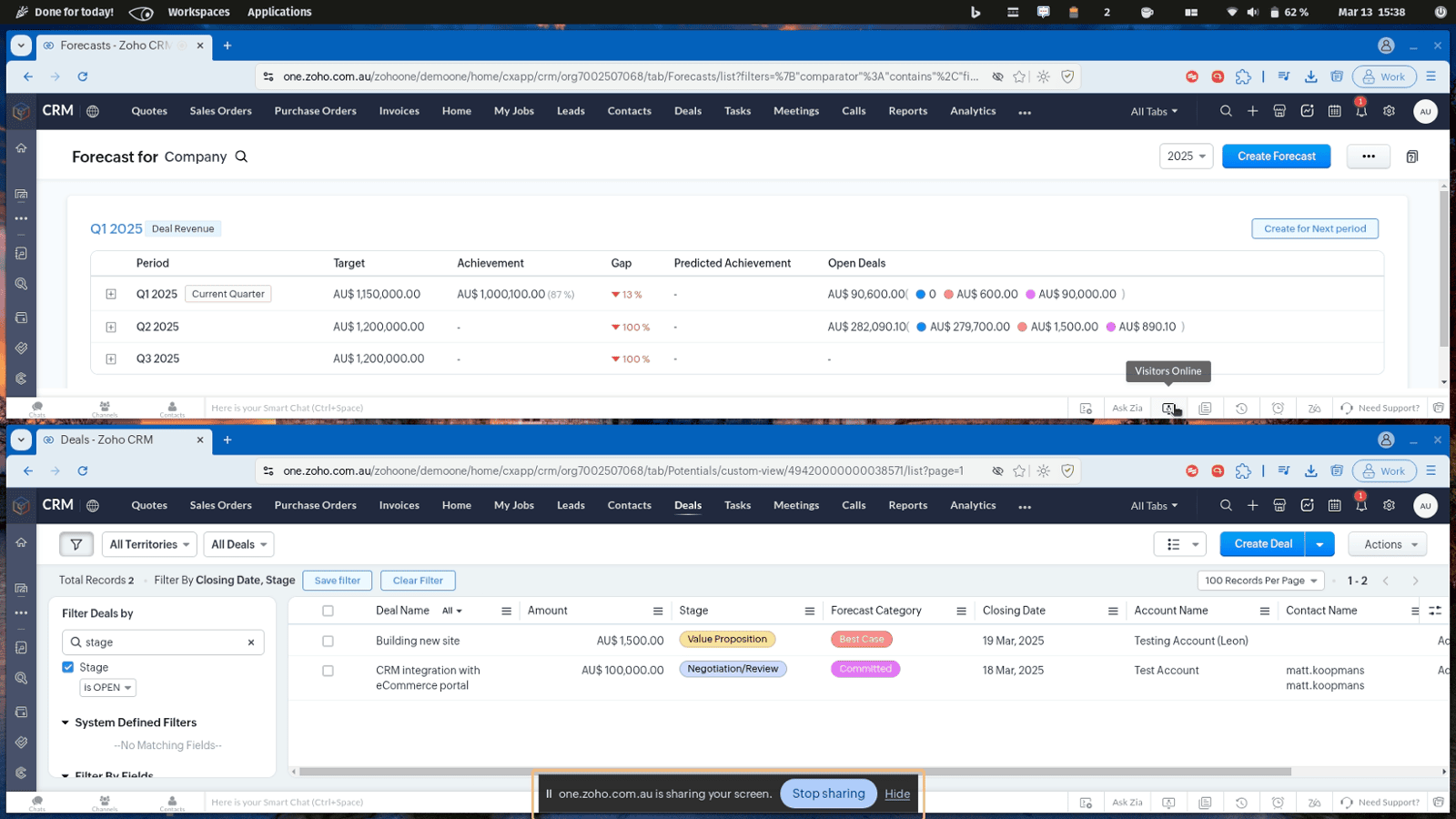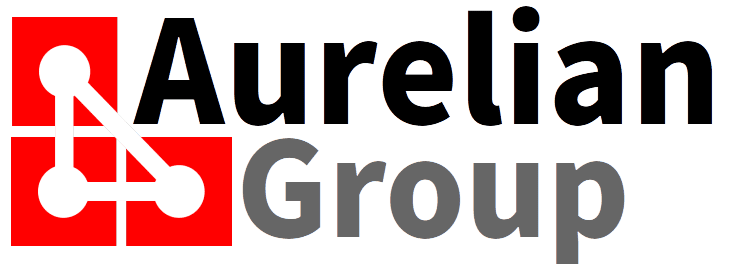Is this your reality?
We have all been called in on Friday morning. It is that time again - we are behind on our numbers, and it is time to slug it out with management, who just want the impossible. It is not our fault the market behaves as it does!
Or...
The numbers are bad, we are at risk of not making our numbers. We have to do something, let's call a meeting this Friday, and see how we can make the numbers look presentable... after all, there are only very few weeks left in this quarter!
The dreaded sales meeting- This is the reason we don't have them regularly - they make everyone just miserable, and nothing we say or do during the meeting will change the numbers.

From 'dreaded' sales meeting, to useful for all
Good sales people live to meet (or overachieve) their targets. Same for good sales leaders: they love increased spend on sales commissions or bonuses (not give-away - it must be earned!). Therefore the sales meeting should be one of the tools to maximise sales results. It starts with different behaviour.
In particular, the focus is not on making the impossible happen, nor is it to blame external factors.
A practical example - a $100.000 deal is slipping into the next quarter - the potential customer has very compelling reasons why the deal is slipping. It also is not realistic to demand Marketing to step up efforts for a new deal in this time-frame (we'll cover the sales/marketing relationship later in this article).

A good sales meeting (yes - they exist) are factual and action oriented. How?
It starts with disciplined deal management in your CRM - the pipeline shows as accurate as possible the stage, the expected value, and the closing date.
With that in hand, look at your projection period (this is your reporting period - i.e. quarterly, broken up into 3 months rolling) and assess each significant deal on feasibility of closing in this or coming months.
A scenario
Let's take a look at an example. The company sells high value products to the construction industry, and with the sale, there is also an installation effort associated. The company has quarterly sales targets, and the average sales cycle is between 4 and 6 months.
The Monday sales meeting focuses on the next 4 months rolling (i.e. this month, next month, and then the two months after that lumped into one).
The deals have stages (how they progress through the pipeline), value, and closing date. The meeting has three parts - current month, next month, and the remainder.
Let's say the quarterly target is $3,000,000 - and we are in the second week of the month and deals won is $100,000. That means we have $300,000 to close this month.
The deal value in the pipeline is $1,500,000 that is scheduled to close this month.
Now go deal by deal - and ask the deal owner (the sales person accountable for winning it) - is this committed, slipped (to outside this month), or a 'best case' (at risk)?
If it is committed - move to the next deal, and repeat.
If slipped - update the close date, and look at the numbers, Let's say this particular deal is $750,000 - which means your pipeline for this month is no longer $1,500,000 but $750,000. You need to ask: "What from the next months can we bring forward to compensate for the shortfall?" - and move the close date of that deal to this month. Make this the "best case" deal.
Best case scenarios - i.e. it is the best case that this deal signs this month (in other words, there is a not insignificant risk that it is not signed) - this requires a bit more work. First take the deal value times the probability - i.e. the deal is $100,000 with a probability of 50% - in this case, you take only the expected revenue ($50,000) of the deal and add that to your expected monthly figure. If this takes you below the target, again ask what deals from the next months can be brought forward. Plus, what actions can be taken to maximise the chance of closing the deal successfully this month.
Repeat this for the next month. Note that some deals may have moved from the next months to the current month - so you may start with a gap!

In the image above, you this in action with Zoho CRM. The current quarter is almost done - the 'gap to close' is 13% - and the only deals left in the quarter are one for $100,000 (committed, so count the full amount), and one for $1,500 (Best Case - so count the expected revenue of $ 600) - meaning you expect another $100,600 to close - that is still $49,600 short. The task is to bring that amount from the coming quarters into this quarter. Since we have not yet obtained commitment for these deals - we need to consider the expected revenue (i.e. the deal value times probability). Assume we have another $100,000 deal that is considered for potentially moving into this month - it is at 80% probability - we only count $80,000. In this case, it will meet forecast, and given the short time till the end of the quarter, this is a risk you probably will have to take.
The successful meeting
The task during the sales meeting is to clear the pipeline for the planning horizon - for example, two weeks, this horizon is dependent on what works for your business - of deals that are not Committed, or evaluated as Best Case.
For example - if there is an open deal that is set to close in the next two weeks, and it has not been evaluated as Committed, or Best Case, now is the time to do so. If the sales person does not want to commit the deal, then by definition you must flag it as Best Case - and start finding an alternative.
Deals set to close after this period can be marked as Committed or Best Case (if that is known), but it is OK to leave them as 'Pipeline' - meaning neither here, nor there. Do note that only Committed deals are to be counted at full value (this may not be necessary, as the deal stage would naturally be close to 100% - so that would be at your discretion) - deals marked as Pipeline, or Best Case, are always counted at their expected revenue.
The meeting is done when all deals have been qualified, and there is a clear plan of action to bring deals forward as agreed, and there is a clear ask from Marketing for the coming period (see below). The business outlook for the coming period is accurate and can be reflected as such to the organisation's leadership team.
And what about Marketing?
It is no use to ask the marketing department to fill the pipeline to meet 'gap to close' before the end of the quarter. But while you are moving deals across from future months to the current - you are reducing your pipeline for 2, 3, and 4 months out. This is where your marketing department can help by filling the pipelines again by providing qualified leads.
Forecasting with Zoho CRM - we are here to help
Aurelian Group specialises in Zoho One applications (of which Zoho CRM is part) to help our clients achieve efficiencies and growth. Our aim is to make our clients shine to their customers, by taking a business outcome approach to the implementation. Contact us to find out how we can help your business.
